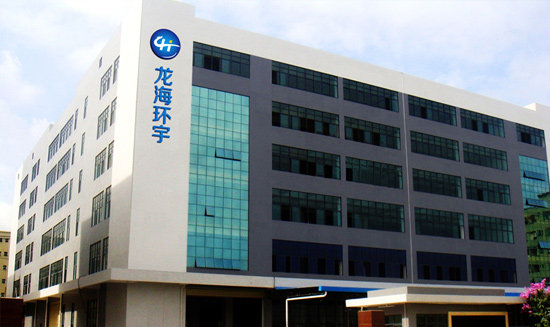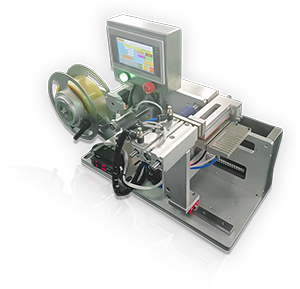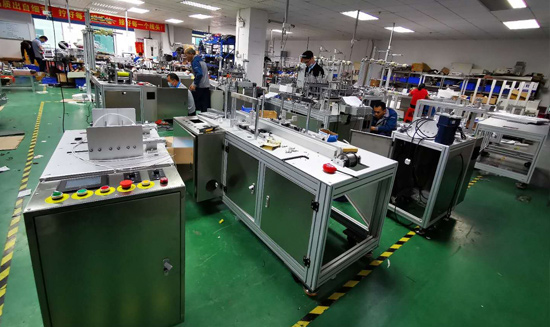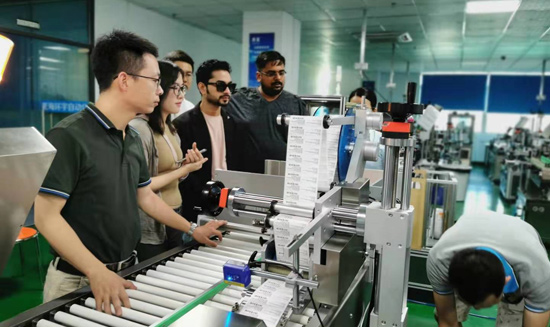关于我们
电子辅材高精度精密贴合充分发挥了视觉贴标机的优势
Time:2025-06-25
Page views: 1185次
电子辅材的高精度精密贴合需求正是视觉贴标机技术优势的核心应用场景,其在精度控制、效率提升和适应性方面的突破性表现,可通过以下结构化分析充分展现:
一、精度保障:亚毫米级贴合的底层技术支撑
-
视觉定位系统
- 采用CCD/CMOS相机结合AI算法,实时捕捉产品表面特征(如边缘、孔位、纹理),实现±0.1mm的重复定位精度,满足微型标签(小0.5×0.8mm)的精准对位要求。
- 动态补偿技术:XYZ对位平台通过EtherCAT总线通信,10ms内响应位置偏差,应对电子辅料曲面、反光或微小形变等复杂工况。
-
机械结构优化
- SCARA机器手平行连杆结构提供水平方向±0.01mm精度,垂直柔性补偿±2mm高度落差。
-
直线电机驱动+交叉滚柱导轨,消除传动间隙,确保纳米级运动分辨率。
-

二、效率与柔性:适配多品种、小批量生产
-
高速贴装能力
- 视觉飞拍技术实现不停顿取料,贴标节拍达0.3秒/片,单线产能提升至3600件/小时。
- 模块化设计支持吸嘴/夹爪5秒快换,兼容标签、泡棉、双面胶等多元辅料。
-
智能化生产管理
- 集成MES系统自动关联标签信息,实现生产数据追溯。
-
触摸屏预存50组参数,一键切换产品型号,换型时间缩短至3分钟。
-
三、行业应用场景与实证效益
四、技术演进方向
- AI深度集成:通过机器学习优化贴标路径,减少30%空行程。
- 人机协作(HRC):功率限制80W的安全协作模式,适配柔性产线。
- 数字孪生调试:虚拟仿真预验证运动轨迹,缩短70%调试周期。
总结
视觉贴标机以精密机械结构为骨架、机器视觉为神经、智能算法为大脑,解决了电子辅材贴合中“精度不足→返工率高”“换型低效→产能浪费”两大痛点。随着模块化与AI技术的深度融合,该设备正从单一功能工具进化为电子制造全流程的智能控制节点。
下一篇:
准备购买视觉贴标机,该如何考虑?













 微信咨询
微信咨询